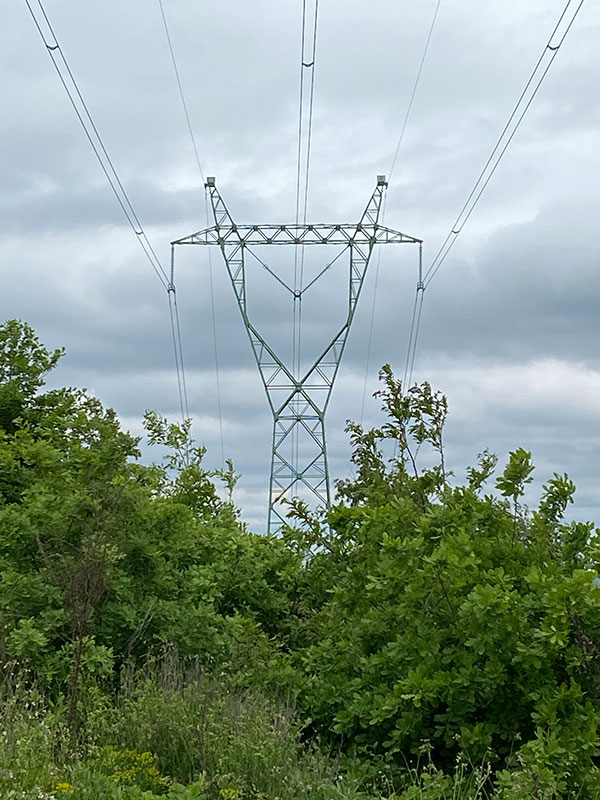KfW Projects in Serbia

Trans-Balkan Electricity Corridor Sections II - IV
Donor: Federal Ministry for Economic Cooperation and Development (BMZ)
Partner: Elektromreža Srbije (EMS)
Project period: 2012 –
Challenges
- Many of the 220 kV lines in Serbia are more than 50 years old
- Analysis has shown that it is more cost effective to build a new 400 kV network than to reconstruct and further develop the 220 kV power lines.
Approach
With this program the Serbian Transmission System Operator EMS will renew and reinforce transmission infrastructure of its own grid and towards neighbouring countries.
EMS’ strategic plan is to gradually upgrade the transmission network from the existing 220 kV to 400 kV voltage level.
The programme consists of the following sections:
- Section II – New 400 kV Overhead-Line (OHL) from Substation (S/S) Kragujevac 2 to S/S Kraljevo 3 (59 km), with voltage level upgrade in S/S Kraljevo 3 to 400 kV voltage level
- Section III – Upgrade of transmission network in Western Serbia to 400 kV voltage level between S/S Obrenovac and S/S Bajina Bašta, which implies new double circuit 400 kV OHL from S/S Obrenovac to S/S Bajina Bašta (109 km), reconstruction of existing S/S Obrenovac and S/S Bajina Bašta with upgrade of S/S Bajina Bašta to 400 kV voltage level
- Section IV – New 400 kV interconnection between Serbia, Bosnia and Hercegovina and Montenegro, which implies the Serbian part of 400 kV OHL (84 km) between S/S Bajina Bašta, S/S Višegrad (BiH) and S/S Pljevlja (Montenegro)
Results
- Improve functioning and reliability of the electricity markets in Serbia, Montenegro, Bosnia and Herzegovina, Romania and Italy
- Enhance the security of supply of the overall electricity system in the Balkans
- Assist in the integration of European electricity markets thereby allowing for increased cross-border trade and competition among suppliers
- Achieve higher integration of renewable energy sources
- Further integration and expansion of the 400 kV network in the region
- Higher level of integration of renewable energy sources in the SEE region
- Decrease energy losses and CO2 emission

